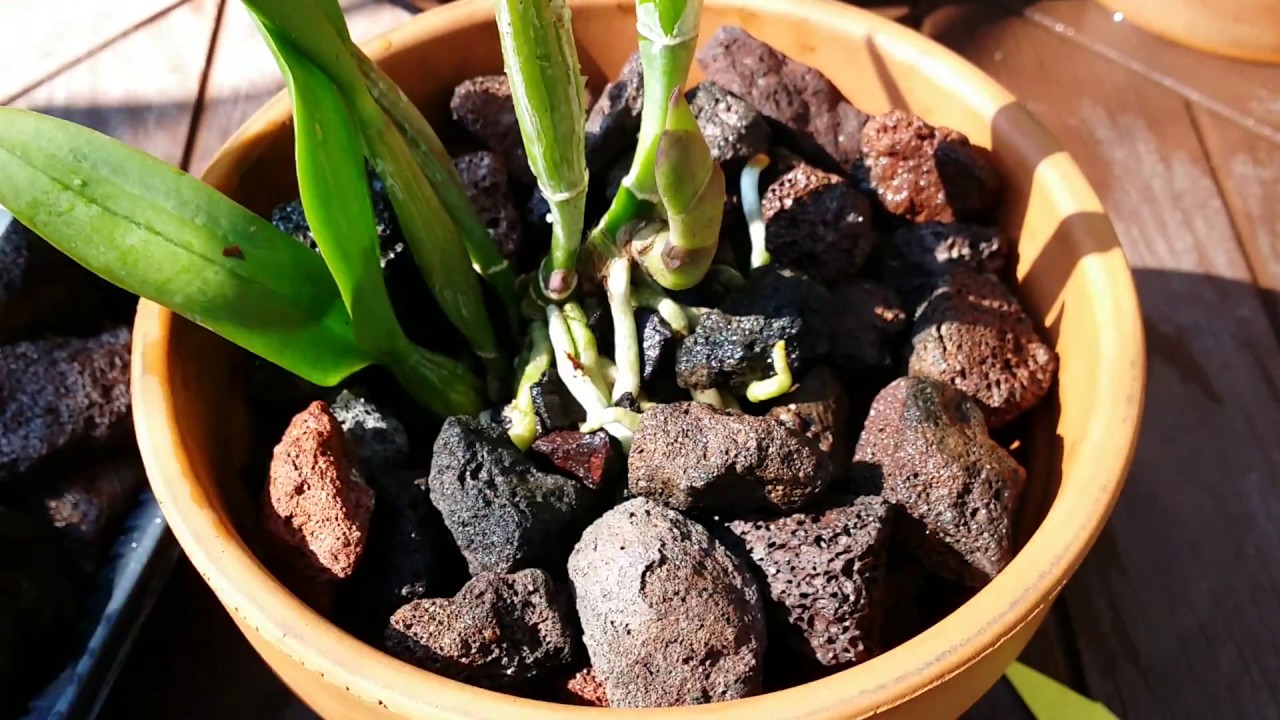To use lava rocks for plants, place a layer of rocks on top of the soil to improve drainage and prevent waterlogging. Lava rocks are a natural and effective way to enhance the growing conditions for your plants.
Optimizing the growing conditions for plants is essential for their health and vitality. One method that can provide numerous benefits is incorporating lava rocks into your gardening routine. These porous, lightweight rocks can play a pivotal role in enhancing drainage, promoting root health, and preventing waterlogging.
By using lava rocks, you can create a well-aerated soil environment that encourages optimal plant growth. We will explore the different ways to utilize lava rocks for plants, providing you with practical insights and tips to improve your gardening experience. So, let’s delve into the world of lava rocks and discover how they can help your plants thrive.
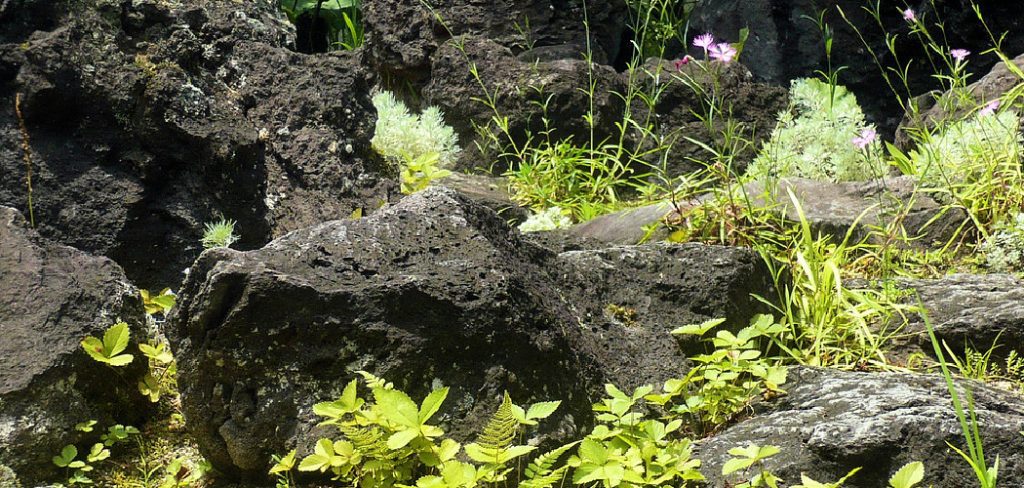
Credit: www.amazon.com
Why Use Lava Rocks For Plants
Lava rocks for plants offer numerous benefits in your gardening journey. These porous volcanic stones enhance drainage, preventing waterlogging and root rot. Their rough texture enhances aeration, allowing oxygen to reach the roots and promoting healthy plant growth. Lava rocks also help to regulate soil temperature, keeping it warm in cool weather and cool in hot weather.
With their ability to retain moisture, they promote water conservation in your garden. Furthermore, using lava rocks as a mulch can suppress weed growth, reducing the need for herbicides. Their natural red or black color adds an attractive element to your garden, enhancing its overall aesthetic appeal.
So, if you want to improve your plant’s health and create a visually appealing garden, consider incorporating lava rocks into your gardening routine.
What Are Lava Rocks
Lava rocks are formed from volcanic eruptions and are composed of hardened lava. These rocks are porous and lightweight, making them ideal for use in gardening. When placed in plant pots or gardens, lava rocks serve several purposes. Firstly, they provide better drainage as the porous nature of the rocks allows water to flow freely.
Secondly, they act as a natural insulator, regulating soil temperature and protecting the roots from extreme heat or cold. Additionally, lava rocks can absorb and retain moisture, reducing the frequency of watering. They also serve as a decorative element, adding texture and color to the garden.
To use lava rocks for plants, simply place them at the bottom of the pot and cover with soil. However, it is important to note that lava rocks should not be used exclusively as a growing medium, but rather as a beneficial addition to other soil types.
Understanding the composition and formation of lava rocks is key to maximize their benefits for plant growth.
How to Use Lava Rocks for Plants: Step by Step Guide
Lava Rocks For Plant Drainage
Lava rocks can be a fantastic addition to your plant care routine. They provide excellent drainage, ensuring the roots receive adequate oxygen. By preventing excess water from pooling around the roots, lava rocks help avoid waterlogged soil and the dreaded root rot.
These rocks have a porous structure that allows water to pass through easily, while also providing stability to the soil. Simply place a layer of lava rocks at the bottom of your pot before adding the soil. This will create a barrier that allows excess water to drain away, leaving the roots in a well-aerated environment.
With improved drainage and aeration, your plants will thrive and grow beautifully. So, give lava rocks a try and watch your plants flourish!
Lava Rocks For Plant Nutrition
Lava rocks offer a natural solution for enhancing soil nutrient retention, promoting healthier root development, and providing gradual mineral release for plants. These porous rocks act as a sponge, absorbing and storing water and essential nutrients, preventing them from washing away.
As a result, plants can access these nutrients over time, ensuring steady growth and vigor. Furthermore, the porous structure of lava rocks creates a well-aerated environment for plant roots, allowing them to breathe and develop strong systems. Unlike synthetic fertilizers that can cause nutrient burn or rapid growth, lava rocks provide a slow-release mechanism that is gentle and sustainable for plant nutrition.
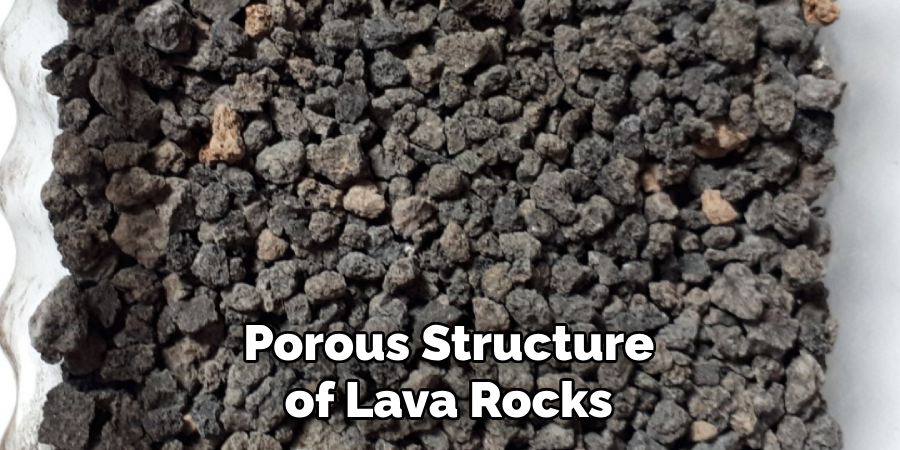
By incorporating lava rocks into your gardening routine, you can create a balanced and nourishing environment for your plants, leading to successful and thriving greenery.
Using Lava Rocks For Soil Temperature Regulation
Shielding plant roots from extreme heat or cold is essential for maintaining optimal soil temperature. Lava rocks offer a natural solution for regulating soil temperature. These porous rocks have excellent insulation properties, preventing temperature fluctuations that can negatively impact plant growth.
When placed around the plant roots, lava rocks act as a buffer, absorbing excess heat during hot weather and releasing it gradually at night. Similarly, during colder periods, the rocks retain heat and protect the roots from freezing temperatures. This temperature regulation promotes healthier root development, nutrient absorption, and overall plant growth.
To use lava rocks for plants, simply surround the roots with a layer of the rocks, ensuring they don’t touch the plant stems directly. By implementing this natural method, you can create a stable soil environment that supports the optimal growth of your plants.
How To Prepare Lava Rocks For Plant Use
Lava rocks can be a beneficial addition to your plant care routine. Before using them, it’s important to prepare the rocks properly. Start by cleaning and sterilizing the lava rocks to remove any dirt or debris that may be present.
This can be done by rinsing them thoroughly with water and using a gentle scrub brush if necessary. After cleaning, make sure to choose the right size and type of lava rocks for your plants. Larger rocks are great for larger plants, while smaller rocks work well for smaller potted plants.
Additionally, consider the type of lava rock you’re using – porous rocks allow for better water drainage. By following these steps, you can effectively use lava rocks to enhance the health and appearance of your plants.
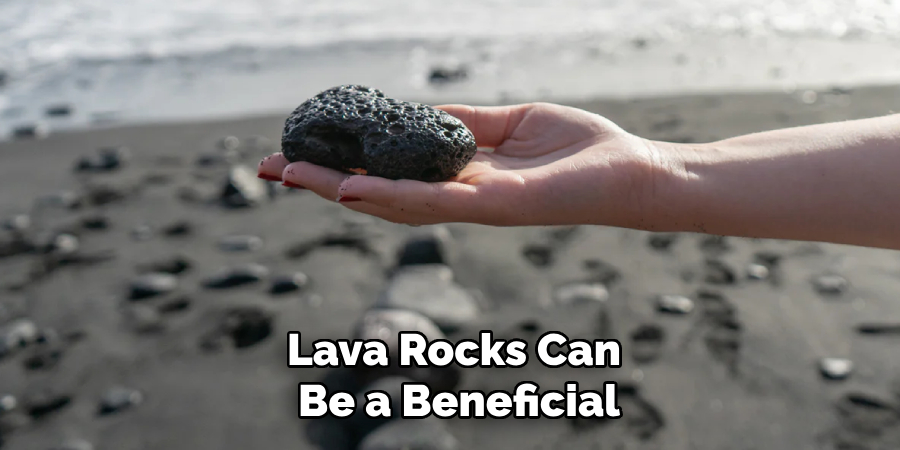
Incorporating Lava Rocks In Potted Plants
Incorporating lava rocks in potted plants creates a beneficial environment for their growth. Adding a layer of lava rocks to the bottom of the pot helps with drainage and prevents waterlogging. This ensures that the plants’ roots do not sit in excess moisture, preventing rot and other water-related issues.
Additionally, adjusting the potting mix by incorporating lava rocks enhances aeration, allowing oxygen to reach the roots. The porous nature of lava rocks also helps in retaining moisture and releasing it slowly, keeping the plants adequately hydrated. When using lava rocks, it is essential to choose the right size and quantity based on the plant’s needs.
With these simple steps, you can effectively utilize lava rocks to promote healthy plant growth in your potted garden.
Lava Rocks In Garden Beds And Landscaping
Lava rocks can be a fantastic addition to your garden beds and landscaping projects. Their porous nature allows for excellent drainage, preventing water from pooling and potentially drowning your plants. Plus, they add visual interest and texture to your outdoor space.
Building terraces and retaining walls with lava rocks can create a visually stunning and practical solution for uneven or sloping areas. By using lava rocks in your garden beds and landscaping, you can create a well-drained and visually appealing environment for your plants to thrive.
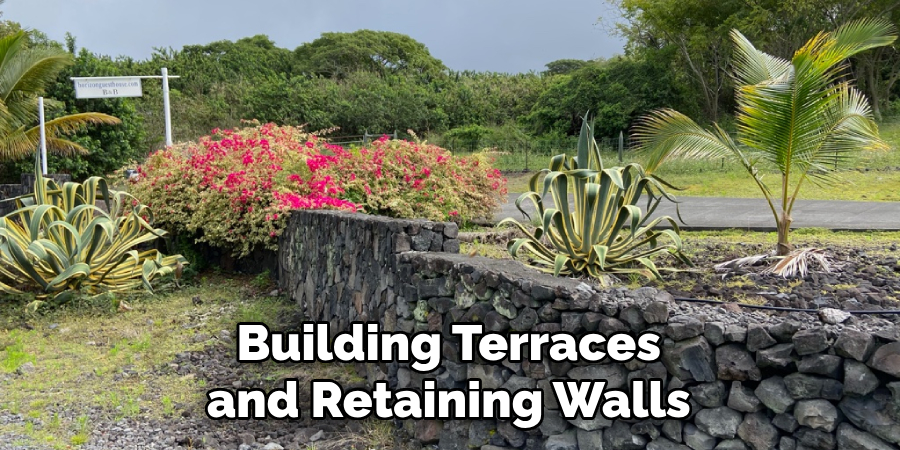
The versatility of lava rocks allows you to get creative with your design, whether you choose to use them in a small container garden or incorporate them into a larger landscape project. So, consider using lava rocks to enhance your outdoor spaces and enjoy the benefits they bring to your plants and garden.
Maintenance And Care Of Lava Rock Gardens
Lava rocks are a great addition to any plant garden, but they require regular maintenance and care. It is important to monitor soil moisture levels to ensure optimal plant growth. Check the rocks frequently for moisture and water accordingly. If the rocks become dry, it may be necessary to replace or replenish them.
This will help to maintain a healthy environment for your plants. Another challenge with lava rock gardens is preventing weed growth. To prevent weeds, regularly inspect the area and remove any unwanted plants. Applying a layer of landscape fabric or mulch can also be beneficial.
Taking these steps will ensure that your lava rock garden remains vibrant and weed-free, providing an aesthetically pleasing and low-maintenance plant space.
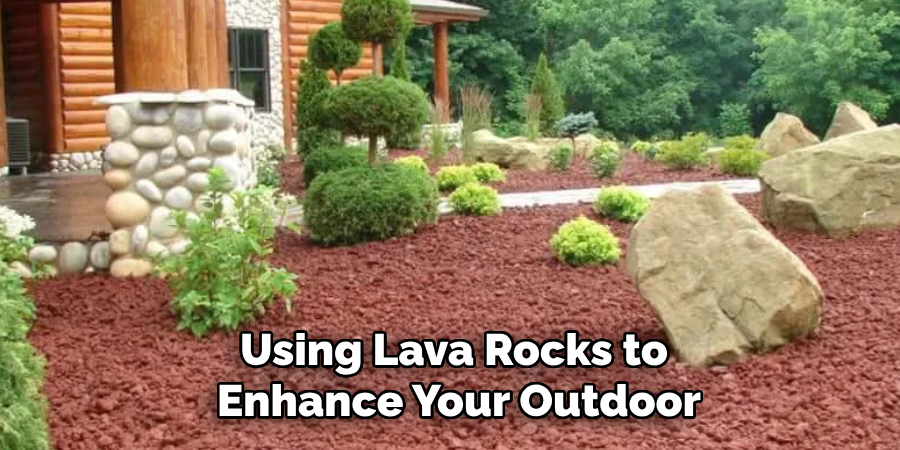
Frequently Asked Questions For How To Use Lava Rocks For Plants
How Do Lava Rocks Help Plants?
Lava rocks improve soil drainage, prevent waterlogged roots, and promote aeration, which helps plant roots access oxygen easily.
Are Lava Rocks Good For Succulents?
Yes, lava rocks are excellent for succulents as they provide better drainage and prevent overwatering, which is crucial for succulent health.
Can I Use Lava Rocks In Potted Plants?
Absolutely! Lava rocks can be used in potted plants to promote drainage and prevent waterlogging, ensuring healthier plant growth.
How Often Should I Replace Lava Rocks In The Plants?
Lava rocks rarely need to be replaced unless they become overly compacted or clogged with debris. Generally, they can last for years in plant pots without replacement.
Can Lava Rocks Help Control Weeds In My Garden?
While lava rocks provide some weed control by preventing direct contact with the soil, they are not a foolproof solution. Additional weed control methods may be necessary for better results.
Do Lava Rocks Alter The Soil Ph?
Lava rocks are inert and do not significantly affect the soil ph. They can be safely used without worrying about ph changes in your plants’ environment.
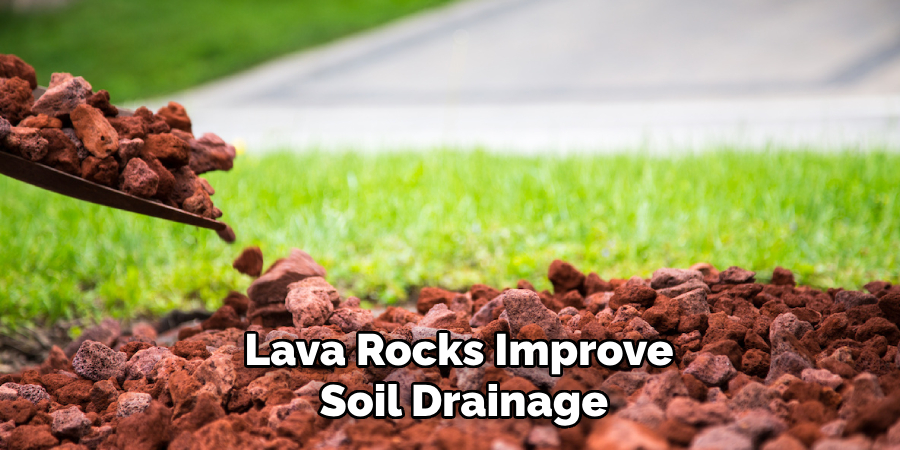
Conclusion
Incorporating lava rocks into your plant care routine can provide numerous benefits for both indoor and outdoor plants. The porous nature of lava rocks allows for optimal drainage, preventing waterlogged soil and promoting healthier root systems. Additionally, the natural minerals found in lava rocks contribute to improved nutrient availability, enhancing plant growth and overall vitality.
Lava rocks also serve as a barrier against weeds and pests, reducing the need for chemical treatments. Their heat-retaining properties make them ideal for heat-loving plants, ensuring consistent soil temperatures. Whether you choose to use lava rocks for decorative purposes or for their functional advantages, they are a cost-effective and environmentally friendly option.
By following the proper techniques for using lava rocks, you can enhance the health, appearance, and success of your plants.

